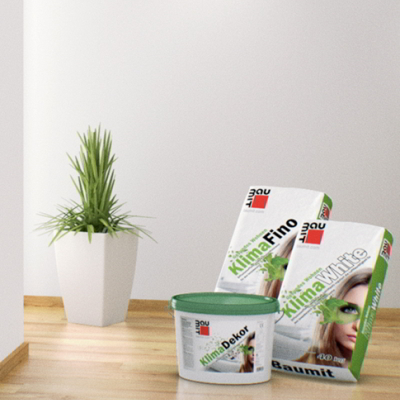


Indoor air quality becomes more and more important. And building materials have a significant impact on its quality. That is why Baumit launched the project "HealthyLiving" to learn about the impact of materials on the well-being and health of its inhabitants. In Wopfing, Austria, the largest research park in Europe was created to compare building materials. For more than 2 years, intensive measurements have taken place. More than 5 million data have been collected and evaluated.
„We want people to feel healthy and fresh in their homes.“ Robert Schmid, owner of Baumit.
Ten trial houses have been constructed, and other two are under construction. The structures have the same dimensions, and they have been constructed from different materials. Data collection is realized in 9 structures under differently simulated conditions. Measurements are fully automated, and collected in the tenth structure where a control unit has been installed.

Data collection from individual structures has been anonymized. Generated data are sent to external partners (Technical University in Pinkafeld, Austrian Institute for Healthy and Ecological Building, and Medical Faculty in Vienna) where they are subsequently evaluated. Their impact on health and living comfort are evaluated as well. More than 30 thousand different measurements are collected for one structure per week.
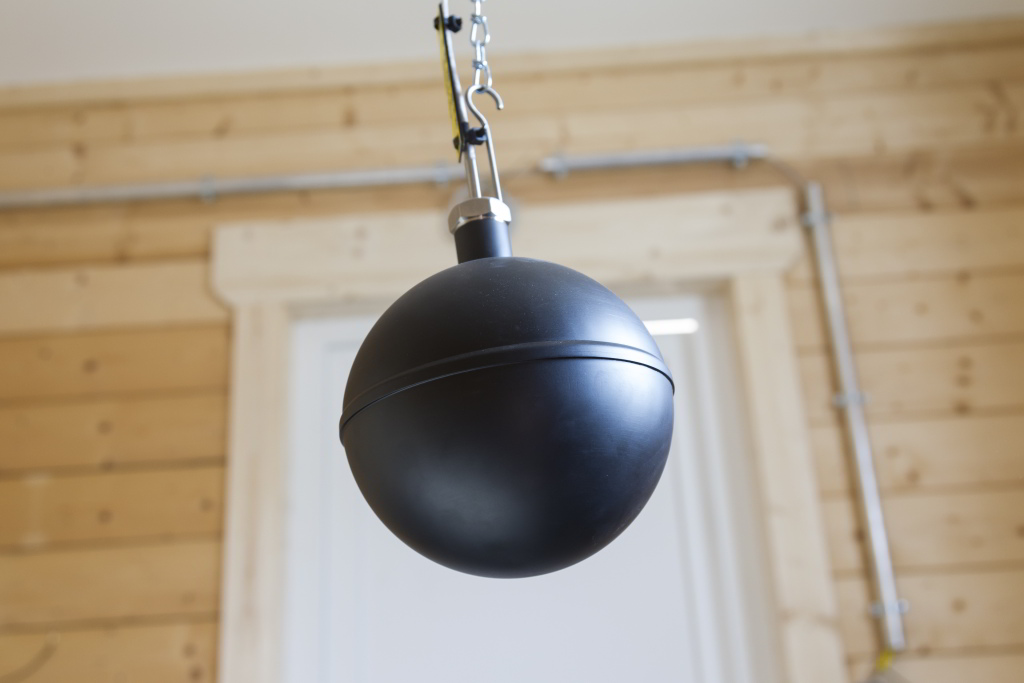
Within the quality analysis of internal air, individual parameters are reviewed from the medical viewpoint: internal climate, air ions, VOC (volatile organic compounds), noise, smell. Allergic reactions, fatigue, stress or quality of sleep are analysed. Saving of energy, accumulation, deviations of temperature, seasonal changes, soprtion properties and vapour permeability of building materials are measured as well.
Practical results

Do you know how to fight with summer overheating? You can maintain the cool better and longer in thermally insulated houses.
More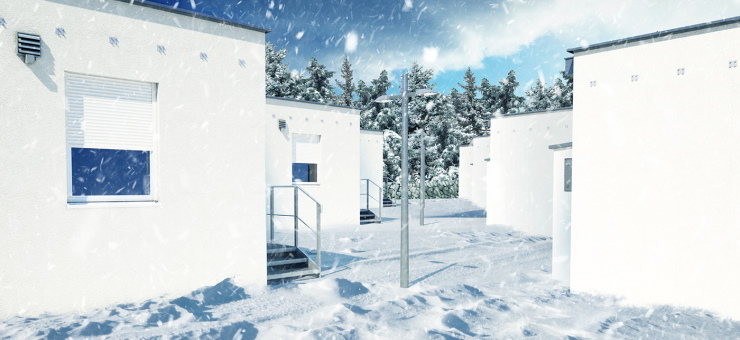
What will happen if heating during winter days is suspended? Find out which types of houses managed to keep warmness the longest.
More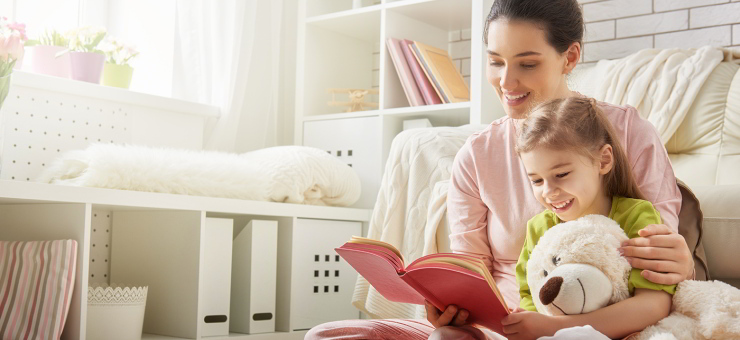
Air humidity in the interior should range from 40 to 60 %. How different building materials affect maintaining of this humidity?
More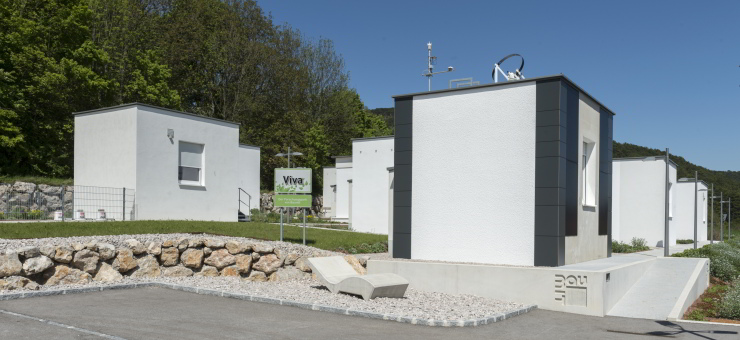
Different types of constructions and materials and their impact on our health and living comfort. Find out how to build a healthy home.
MoreThe method of construction and quality of used materials have a principal impact on human health and quality of living. Measurement results from the research park can be summarised in three main points:
A well-insulated house brings many advantages. In addition to energy saving, it achieves a better score in other physical parameters, and ensure a thermal comfort to its inhabitants.
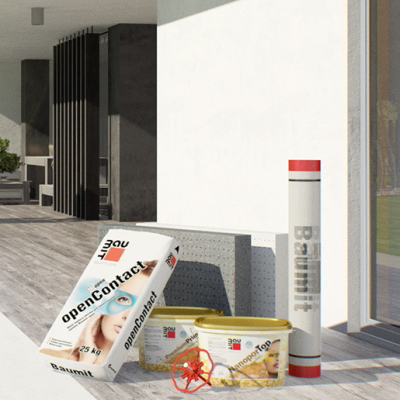
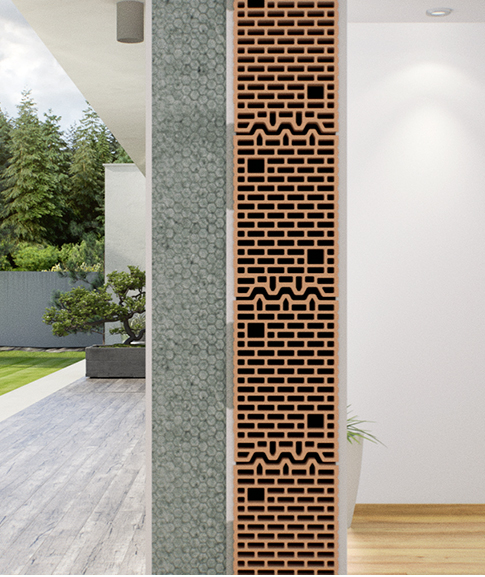
During all measurements in the research park, the best results were achieved by massive thermally-insulated constructions.
Massive materials, such as concrete, traditional bricks, wood with high density, show higher accumulation capacity. In winter, they can better maintain warmness and in summer, if combined with thermal insulation, the interior does not overheat.
Sometimes, correct venting and heating is not sufficient for maintaining an optimum humidity. Walls with plasters form a large area that, if materials are correctly selected, helps to regulate humidity in the interior without big deviations.
All depends on the material’s capability to absorb residual humidity, and return in back in case of insufficient humidity.
The inner plaster Baumit Klima with the thickness of 2 cm significantly helps to regulate the interior air humidity, and reduces a level of occurrence of organisms harmful to our health. People feel the best if air humidity ranges from 40 to 60 %.
